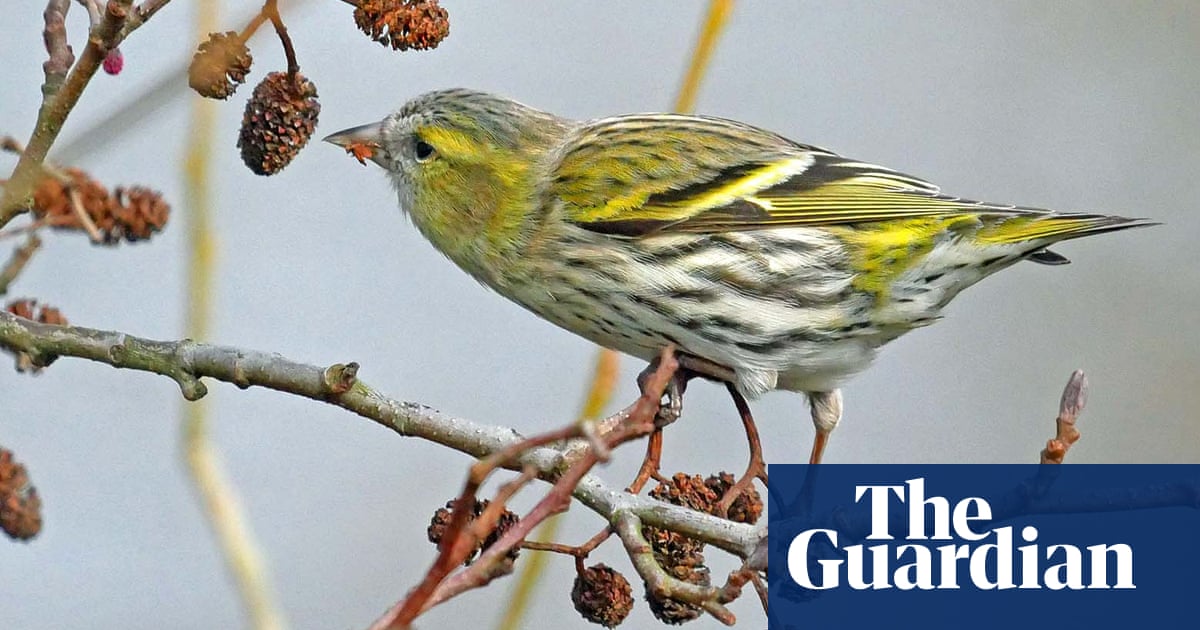
This book’s subtitle, Swifts and the Story of Life on Earth, is the first clue to its ambition. In his mission to restore a sense of wonder to life’s small and ordinary things, Mark Cocker – author of the award-winning Crow Country – takes us on a soaring journey from the Cretaceous period to a summer’s day in his English garden, via angiosperms, bacteria, flying ant day, Ted Hughes and the magnetic field caused by our planet’s iron core – “the Earth’s innermost soul” – to demonstrate the essential interconnectedness of everything. Like the birds he tracks as they skirl and scream above his home, the book covers a great distance, and not always in a straight line. It is not easy to express awe in writing without flipping into hyperbole or cliche, but in his promise to express “how it takes a whole universe to make just the one small black bird”, Cocker aims high.
In an explanatory note, he says: “This is not strictly a book of science but the hybrid form that is conventionally associated with the term ‘nature writing’.” It is certainly scientifically rigorous – packed with copious footnotes, end notes and references to a glossary – and the bare facts it lays out are extraordinary. Swifts have been recorded at altitudes of 4,400m, and travel so far in a single trip that a nesting pair feeding their chicks in southern England could be scooping up insects above Germany. They weigh just 40g but have a wingspan of 42-49cm; a human would need arms 800 metres long to match the weight to width ratio. But it is also lyrical, grand and full of reverence. “You could say that the sounds of the birds, burning over our house amid their contrails of scream, are a part of the song of the Earth turning in outer space,” Cocker writes.
What is even more amazing than what we learn about swifts is how little we know about them, still. Until 1943, when hunters in a Peruvian rainforest flushed out 13 ringed birds from a hollow tree, observers north and south of the equator had no idea where swifts went for half of the year, and we’re still not much the wiser. The birds’ scientific name, Apus apus, comes from a Greek root word meaning “footless” because of an ancient belief that they never landed; in the 17th century, British swift watchers thought they flew to the moon in winter. Now, thanks to a recent Swedish study, we know that in the non-breeding season, many birds spend 99% of their time flying, eating and sleeping on the wing, and some never land at all.
This regular heartbeat of migratory arrival and departure gives swifts, along with swallows and martins, a special resonance. For those of us in the northern hemisphere, they represent the coming of the sun. Their mysterious “social screaming” on long, light evenings fills the air with summer’s soundtrack, and their departure marks a sort of ending, year after year. Swift sounds “are infused with post-coital melancholy”, Cocker writes, as he contemplates a display at the end of the day. “Like my birds this evening, summer is leaving.”
Changes to this ancient ritual are unnerving to humans – as they should be. After millions of years of evolution, swifts’ arrival and departure in the UK has become noticeably earlier recently. Hughes’s 1976 poem Swifts begins, “Fifteenth of May”; in 2012, Cocker saw his first swift on 16 April. They are also arriving on these shores in smaller numbers. Common swifts are now red-listed and at risk of local extinction in Britain, owing to modern house-building techniques that deprive them of nesting sites, and indiscriminate use of pesticides. As insects pollinate at least $235bn-worth of crops annually around the world, this immediate and significant effect on their most dazzling aerial predators ought to ring alarm bells. “We need to reimagine our entire relationship with insects,” says Cocker.
Some environmentalists make their case with facts and numbers; others with rhetoric. Cocker paints a picture with shades of gratitude and wonder. “Imagine it: no swifts,” he suggests. After spending one summer’s day with him in his garden, most readers will find that a galvanising thought.
One Midsummer’s Day: Swifts and the Story of Life on Earth is published by Jonathan Cape. To support the Guardian and Observer, order your copy at guardianbookshop.com. Delivery charges may apply.












